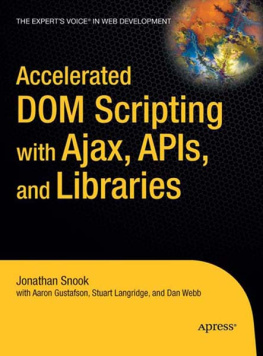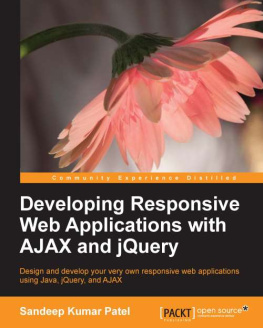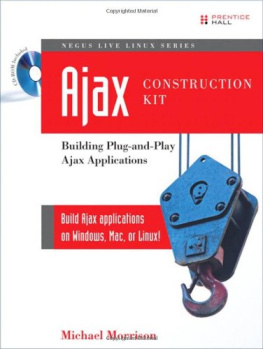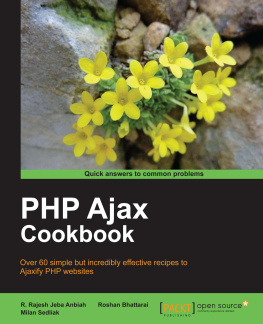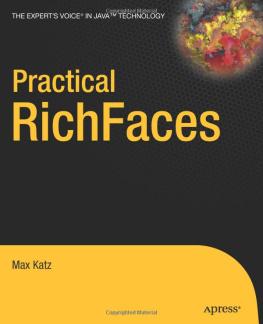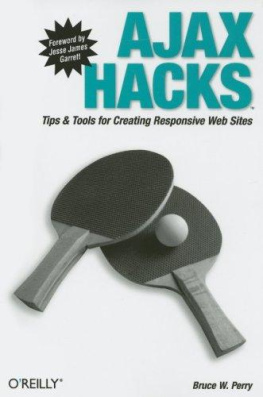Matthew Eernisse - Build Your Own AJAX Web Applications: Usable and Accessible Interactivity
Here you can read online Matthew Eernisse - Build Your Own AJAX Web Applications: Usable and Accessible Interactivity full text of the book (entire story) in english for free. Download pdf and epub, get meaning, cover and reviews about this ebook. year: 2006, publisher: SitePoint, genre: Computer. Description of the work, (preface) as well as reviews are available. Best literature library LitArk.com created for fans of good reading and offers a wide selection of genres:
Romance novel
Science fiction
Adventure
Detective
Science
History
Home and family
Prose
Art
Politics
Computer
Non-fiction
Religion
Business
Children
Humor
Choose a favorite category and find really read worthwhile books. Enjoy immersion in the world of imagination, feel the emotions of the characters or learn something new for yourself, make an fascinating discovery.
- Book:Build Your Own AJAX Web Applications: Usable and Accessible Interactivity
- Author:
- Publisher:SitePoint
- Genre:
- Year:2006
- Rating:5 / 5
- Favourites:Add to favourites
- Your mark:
Build Your Own AJAX Web Applications: Usable and Accessible Interactivity: summary, description and annotation
We offer to read an annotation, description, summary or preface (depends on what the author of the book "Build Your Own AJAX Web Applications: Usable and Accessible Interactivity" wrote himself). If you haven't found the necessary information about the book — write in the comments, we will try to find it.
AJAX (Asynchronous JavaScript and XML) is a new approach for developing web applications. It essentially permits users to interact with a Webpage without forcing a slow & tedious reload of the entire page after every action. This means web applications become more responsive, easier to use, and more intuitive.Build Your Own Ajax Web Applications uses a step-by-step tutorial format thats so easy to follow, youll be able to build sophisticated and intuitive Ajax web interfaces in no time!
Read this book, and youll:
Throughout the text, the author stresses usability, accessibility, and graceful degradation for older, less-capable web browsers.
Matthew Eernisse: author's other books
Who wrote Build Your Own AJAX Web Applications: Usable and Accessible Interactivity? Find out the surname, the name of the author of the book and a list of all author's works by series.

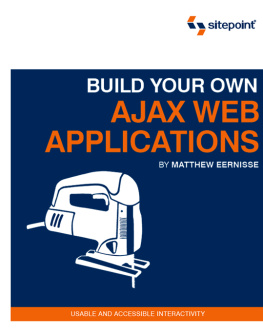
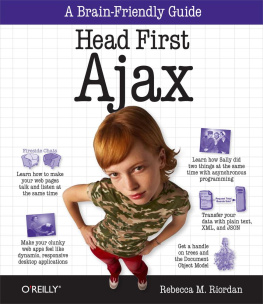



![Dino Esposito [Dino Esposito] - Microsoft® ASP.NET and AJAX: Architecting Web Applications](/uploads/posts/book/120575/thumbs/dino-esposito-dino-esposito-microsoft-asp-net.jpg)
